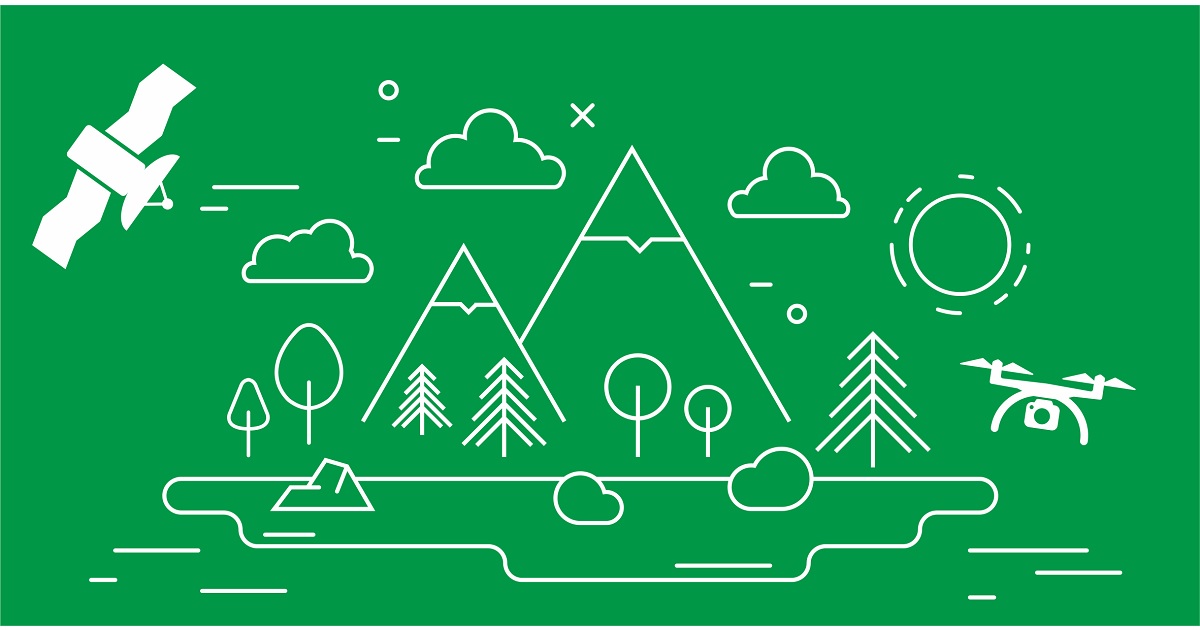Remote Sensing Applications for Forest Ecosystem Monitoring and Spatial Modeling
A special issue of Remote Sensing (ISSN 2072-4292). This special issue belongs to the section "Forest Remote Sensing".
Deadline for manuscript submissions: 24 August 2024 | Viewed by 14560

Special Issue Editors
Interests: multispectral remote sensing; UAV data analysis; vegetation inventory; landscape modelling
Interests: vegetation monitoring; vegetation condition; biophysical remote sensing; hyperspectral and multispectral remote sensing; geostatistics; image analysis; classification; algorithms
Interests: soil moisture content (SMC); global navigation satellite systems reflectometry (GNSS-R); active-passive sensors; earth-science applications
Special Issues, Collections and Topics in MDPI journals
Special Issue Information
Dear Colleagues,
Forests, covering almost a third of the terrestrial land cover surface, represent one of the most sophisticated ecosystems. They provide countless ecosystem services, potentially mitigating the ongoing climate change. However, those services suffer from the increasing anthropogenic pressure and forest disturbances. To properly evaluate the effects, scientists worldwide are working to improve their abilities to monitor forest ecosystems and their change. Outside forests, networks of small landscape elements (groves, hedgerows, tree avenues, agroforestry, urban greenery, etc.) are not only of high importance for biodiversity conservation and restoration but also contribute to the quality of our cultural landscapes.
Remotely sensed data may be acquired over various spatial, spectral, and temporal resolutions for numerous purposes. Satellite imagery is traditionally used, e.g., for land cover change, mapping landscape dynamics, detection and monitoring of disturbances, deriving vegetation parameters and structure, or modeling (micro)climate change and effects. Imagery may be fused with lidar or radar data to provide a 3D forest structure. The acquisition of such a 3D structure has become even easier and more accessible with the improved capabilities and availability of unmanned aerial systems.
This Special Issue aims to collect studies covering different uses of different sensors and platforms in forest and landscape sciences. Multi-source data fusion and integration (e.g., multispectral, hyperspectral, thermal, microwave) and multi-scale and multi-temporal approaches, among other issues, are welcome. Studies focusing on the use of consumer-grade and low-cost solutions are also welcome.
Articles may address, but are not limited to, the following topics:
- Tree and vegetation inventory;
- Vegetation structural characteristics;
- Land cover and landscape change;
- Biotic and abiotic disturbances;
- Phenological vegetation traits and trends;
- (Micro)climate variable derivation;
- Surface and terrain analysis;
- Long-term monitoring.
Dr. Jan Komarek
Dr. Marlena Kycko
Prof. Dr. Iñigo Molina
Guest Editors
Manuscript Submission Information
Manuscripts should be submitted online at www.mdpi.com by registering and logging in to this website. Once you are registered, click here to go to the submission form. Manuscripts can be submitted until the deadline. All submissions that pass pre-check are peer-reviewed. Accepted papers will be published continuously in the journal (as soon as accepted) and will be listed together on the special issue website. Research articles, review articles as well as short communications are invited. For planned papers, a title and short abstract (about 100 words) can be sent to the Editorial Office for announcement on this website.
Submitted manuscripts should not have been published previously, nor be under consideration for publication elsewhere (except conference proceedings papers). All manuscripts are thoroughly refereed through a single-blind peer-review process. A guide for authors and other relevant information for submission of manuscripts is available on the Instructions for Authors page. Remote Sensing is an international peer-reviewed open access semimonthly journal published by MDPI.
Please visit the Instructions for Authors page before submitting a manuscript. The Article Processing Charge (APC) for publication in this open access journal is 2700 CHF (Swiss Francs). Submitted papers should be well formatted and use good English. Authors may use MDPI's English editing service prior to publication or during author revisions.
Keywords
- forest inventory
- landscape modelling
- feature and pattern detection
- long-term monitoring
- image analysis
- point cloud analysis
- data fusion
Planned Papers
The below list represents only planned manuscripts. Some of these manuscripts have not been received by the Editorial Office yet. Papers submitted to MDPI journals are subject to peer-review.
Title: Harmonized Landsat and Sentinel-2 data with Google Earth Engine: a study case with forest phenology
Authors: Elias Berra (1), Denise Fontana (2), Magda Smigaj (3), Feng Yin (4)
Affiliation: (1) Federal University of Paraná, (2) Federal University of Rio Grande do Sul, (3) Wageningen University, (4) University College London







